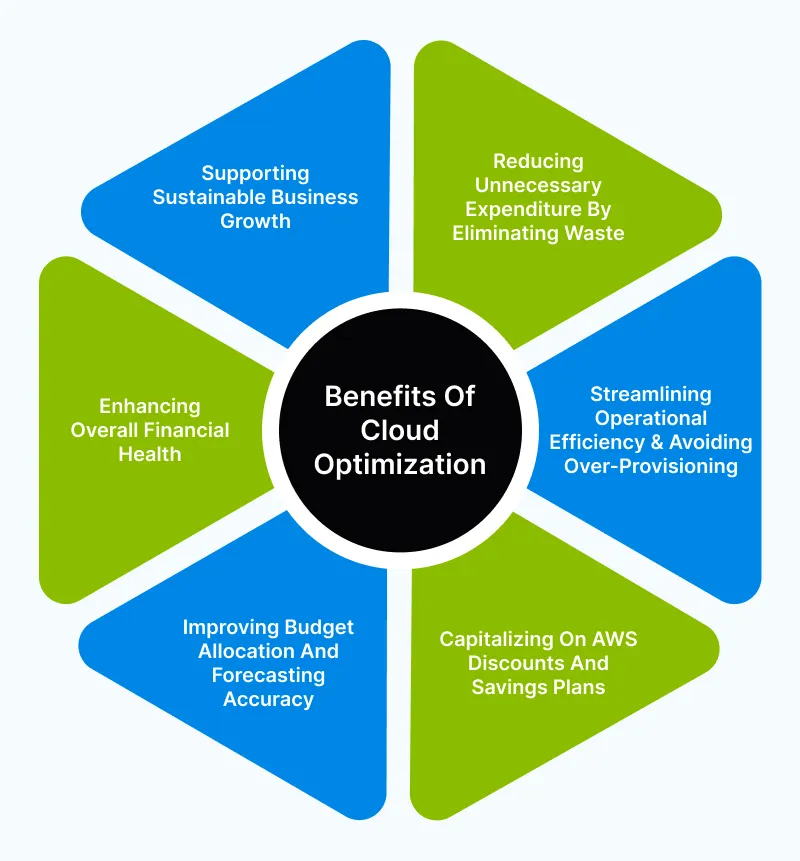Feed Cost Optimization Strategies for Your Horse

Feeding your horse efficiently is crucial not only for their health but also for managing your budget effectively. This article explores practical strategies to optimize feed costs without compromising your horse’s nutritional needs.
Understanding Your Horse’s Nutritional Requirements
Every horse has unique dietary needs based on age, weight, activity level, and health status. Understanding these requirements helps in selecting the right type and amount of feed, preventing overfeeding or underfeeding.
| Factor | Description |
|---|---|
| Age | Younger horses need more energy and protein |
| Weight | Heavier horses require more feed |
| Activity Level | Active horses burn more calories |
| Health Status | Special diets may be needed for health issues |
Strategies for Feed Cost Optimization
1. Choose Quality Over Quantity
Investing in high-quality feed can reduce the amount needed, as it is more nutrient-dense. This approach can lower overall costs by minimizing waste and improving digestion.
2. Use Forage as the Foundation
Forage such as hay and pasture should be the primary component of your horse’s diet. It is generally more cost-effective and provides essential fiber for digestive health.
3. Regularly Assess Body Condition
Monitoring your horse’s body condition score (BCS) helps adjust feed amounts accurately, avoiding unnecessary expenses on excess feed.
4. Implement Feeding Programs
Structured feeding schedules and portion control prevent overfeeding and reduce feed wastage.
5. Bulk Purchasing and Storage
Buying feed in bulk can lower costs per unit. Proper storage ensures feed quality is maintained, preventing spoilage.
6. Supplement Wisely
Use supplements only when necessary and based on veterinary advice to avoid unnecessary expenses.
Sample Feeding Cost Comparison Table
| Feed Type | Cost per Unit | Nutritional Value | Recommended Use |
|---|---|---|---|
| Premium Pellets | $20 per 20kg | High protein | For active or growing horses |
| Standard Hay | $5 per bale | Moderate fiber | Base diet for maintenance |
| Pasture Grass | Free | Natural forage | When available and safe |
Frequently Asked Questions (FAQ)
Q1: How can I reduce feed costs without affecting my horse’s health?
A1: Focus on high-quality forage, monitor body condition, and avoid overfeeding. Consult a nutritionist for tailored advice.
Q2: Is it better to feed pellets or hay?
A2: Hay should be the diet’s foundation, with pellets supplementing energy and protein needs.
Q3: How often should I review my horse’s feeding plan?
A3: Regularly, especially with changes in activity, health, or season.
Optimizing feed costs is a balance between nutrition and budget. By understanding your horse’s needs and applying these strategies, you can ensure their well-being while managing expenses effectively.
